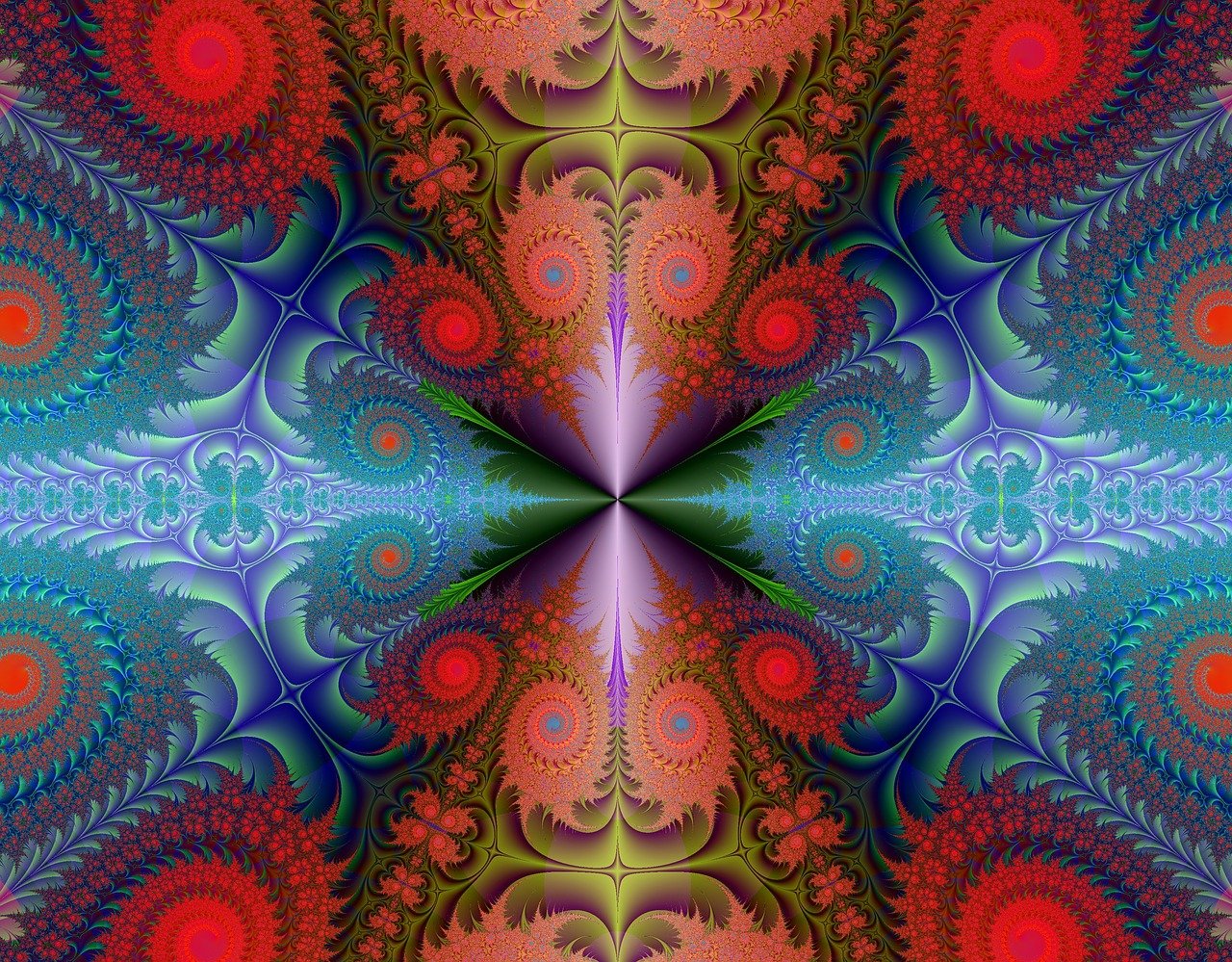Archetypes in Psychology: Applications and Insights

Before diving in, please note: This post is for informational purposes only. If you’d like to know more about how we approach topics, feel free to check out our friendly Disclaimer Page.
Hey there, amazing readers! 🖐️ Just a quick note: yes, we know there are a lot of ads here. Trust us, we get it—it’s not the prettiest look, but they help us keep this blog alive and kicking. Those pesky little ads cover the costs of all the behind-the-scenes magic, from hosting and tech stuff to creating content we hope you’ll love.
We’re committed to delivering quality posts, and your support (even just sticking around despite the ads) means everything to us. So, bear with us, and thanks for helping us keep the good vibes rolling. Now, on to the fun stuff! 😉
TRANSLATE BUTTON AT THE END OF THE ARTICLE
Introduction to Archetypes in Psychology
Archetypes, a concept first introduced by famed psychologist Carl Jung, play a significant role in understanding the human psyche.
These universal symbols and themes form the basis of our collective unconscious, influencing our thoughts, emotions, and behaviors in profound ways.
Exploring archetypes can provide insights into our deepest desires, fears, and motivations, leading to personal growth and self-discovery.
In the field of psychology, archetypes are utilized to decipher recurring patterns in human behavior, enabling therapists to guide individuals towards healing and transformation.
This article delves into the applications and insights of archetypes in psychology, shedding light on their importance in unlocking the mysteries of the human mind.
Understanding the Concept of Archetypes
Archetypes are symbolic representations of fundamental human experiences that are shared across cultures and time periods.
These universal symbols are ingrained in our collective unconscious, shaping our perceptions and reactions to the world around us.
According to Jung, archetypes are innate psychological structures that influence our thoughts, feelings, and behaviors, often manifesting in dreams, myths, and cultural narratives.
By recognizing and understanding these archetypal patterns, individuals can gain a deeper understanding of themselves and the world they inhabit.
Archetypes serve as primordial blueprints that underpin the human experience, guiding us towards self-realization and individuation.
The Role of Archetypes in the Unconscious Mind
Archetypes reside in the unconscious mind, operating beneath the surface of our conscious awareness.
These universal symbols act as psychological forces that shape our perceptions, beliefs, and behaviors in subtle yet profound ways.
By accessing and exploring our archetypal patterns, we can uncover hidden aspects of ourselves and gain insight into our deepest desires and fears.
Archetypes serve as bridges between the conscious and unconscious realms, offering a pathway to self-discovery and personal growth.
Through the study of archetypes, individuals can navigate the complexities of their inner worlds and forge a deeper connection with their authentic selves.
Common Archetypes and Their Meanings
Numerous archetypes exist within the human psyche, each with its own unique symbolism and significance.
Some of the most common archetypes include:
The Hero: Representing courage, strength, and resilience, the Hero archetype embodies the journey towards self-actualization and victory over adversity.
The Shadow: Symbolizing the darker aspects of the self, the Shadow archetype encompasses repressed emotions, desires, and fears that are often projected onto others.
The Wise Old Man/Woman: Signifying wisdom, knowledge, and guidance, the Wise Old archetype represents the mentor figure who imparts valuable lessons and insights.
The Lover: Reflecting passion, desire, and intimacy, the Lover archetype embodies the search for connection and emotional fulfillment.
These archetypes, along with many others, contribute to the rich tapestry of human experience, offering valuable insights into our psyches and behaviors.
Applications of Archetypes in Psychotherapy
In the realm of psychotherapy, archetypes are powerful tools that therapists use to help clients explore their inner worlds and navigate personal challenges.
By identifying and working with archetypal patterns, therapists can assist individuals in understanding their motivations, resolving inner conflicts, and fostering personal growth.
Through techniques such as archetype mapping, dream analysis, and active imagination, therapists can uncover the underlying themes and symbols that shape their clients’ psychological landscapes.
By integrating archetypal insights into therapy sessions, individuals can gain a deeper understanding of themselves and cultivate a sense of wholeness and integration.
Using Archetypes for Self-Discovery and Growth
Individuals can harness the power of archetypes for self-discovery and personal growth by exploring their own inner landscapes.
Through practices such as journaling, meditation, and creative expression, individuals can tap into their unconscious minds and unearth hidden aspects of themselves.
By identifying and working with archetypal themes that resonate with them, individuals can gain clarity on their values, beliefs, and aspirations.
This process of self-exploration can lead to greater self-awareness, emotional resilience, and personal transformation.
By embracing the archetypal journey, individuals can embark on a path towards wholeness and authenticity.
Archetypes in Dreams and Symbolism
Archetypes often manifest in dreams and symbolism, offering valuable insights into our unconscious minds.
Dreams are a powerful window into the archetypal realm, providing clues to our deepest desires, fears, and unresolved issues.
By analyzing dream symbols and themes through an archetypal lens, individuals can uncover hidden meanings and messages that guide them towards self-awareness and growth.
Symbols such as the anima/animus, the persona, and the shadow can appear in dreams, representing different aspects of the self that are seeking integration.
By paying attention to these archetypal symbols, individuals can unlock the secrets of their unconscious minds and gain a deeper understanding of themselves.
Archetypes in Literature and Art
Archetypes are prevalent in literature and art, serving as recurring motifs and themes that resonate with audiences across cultures and generations.
Characters such as the Hero, the Villain, and the Mentor embody archetypal qualities that speak to universal human experiences.
These archetypal figures populate myths, fairy tales, and epic narratives, reflecting timeless themes of transformation, growth, and redemption.
In art, archetypes manifest in symbols, imagery, and motifs that evoke deep emotional responses and connections.
By engaging with archetypal themes in literature and art, individuals can explore universal truths and insights that transcend time and space.
Jungian Archetypes vs Cultural Archetypes
Jungian archetypes, as proposed by Carl Jung, are universal symbols and themes that are shared across cultures and time periods.
These archetypes, such as the Hero, the Shadow, and the Anima/Animus, represent fundamental aspects of the human psyche that are common to all individuals.
Cultural archetypes, on the other hand, are specific symbols and themes that are unique to particular cultures or societies.
These archetypes may reflect cultural values, beliefs, and norms, shaping the collective identity of a group of people.
While Jungian archetypes are universal and cross-cultural, cultural archetypes are tailored to specific cultural contexts and may vary significantly from one society to another.
Criticisms and Limitations of Archetypes
Despite their widespread use in psychology and therapy, archetypes are not without criticisms and limitations.
Some scholars argue that archetypes are overly simplistic and reductionist, failing to capture the complexities and nuances of individual human experiences.
Critics also contend that archetypes may reinforce stereotypes and perpetuate cultural biases, limiting their applicability in modern contexts.
Additionally, the subjective nature of archetypal interpretations may lead to inconsistencies and misinterpretations in therapeutic settings.
While archetypes can be valuable tools for self-exploration and personal growth, it is essential to approach them with a critical eye and an awareness of their limitations.
Future Directions in Archetypal Psychology
The field of archetypal psychology is ever-evolving, with ongoing research and exploration into the depths of the human psyche.
Future directions in archetypal psychology may involve interdisciplinary collaborations with fields such as neuroscience, anthropology, and sociology to gain a more comprehensive understanding of archetypal phenomena.
Advances in technology, such as virtual reality and artificial intelligence, may also offer new avenues for exploring archetypal themes and symbols in innovative ways.
As the field of psychology continues to evolve, archetypal psychology remains a dynamic and vibrant area of study that holds promise for unlocking the mysteries of the human mind.
Conclusion: Harnessing the Power of Archetypes
In conclusion, archetypes play a crucial role in psychology, offering valuable insights into the human psyche and guiding individuals towards self-discovery and growth.
By understanding and working with archetypal patterns, individuals can uncover hidden aspects of themselves, resolve inner conflicts, and cultivate a sense of wholeness and integration.
Whether in dreams, art, literature, or therapy, archetypes serve as powerful tools for exploring the depths of the unconscious mind and tapping into the universal themes that unite us all.
By harnessing the power of archetypes, individuals can embark on a journey of self-exploration and transformation, leading to a deeper understanding of themselves and the world around them.

The Enlightenment Journey is a remarkable collection of writings authored by a distinguished group of experts in the fields of spirituality, new age, and esoteric knowledge.
This anthology features a diverse assembly of well-experienced authors who bring their profound insights and credible perspectives to the forefront.
Each contributor possesses a wealth of knowledge and wisdom, making them authorities in their respective domains.
Together, they offer readers a transformative journey into the realms of spiritual growth, self-discovery, and esoteric enlightenment.
The Enlightenment Journey is a testament to the collective expertise of these luminaries, providing readers with a rich tapestry of ideas and information to illuminate their spiritual path.
Our Diverse Expertise 🌟
While our primary focus is on spirituality and esotericism, we are equally passionate about exploring a wide range of other topics and niches 🌍📚. Our experienced team is dedicated to delivering high-quality, informative content across various subjects ✨.
To ensure we provide the most accurate and valuable insights, we collaborate with trusted experts in their respective domains 🧑🏫👩🏫. This allows us to offer well-rounded perspectives and knowledge to our readers.
Our blog originally focused on spirituality and metaphysics, but we’ve since expanded to cover a wide range of niches. Don’t worry—we continue to publish a lot of articles on spirituality! Frequently visit our blog to explore our diverse content and stay tuned for more insightful reads.





